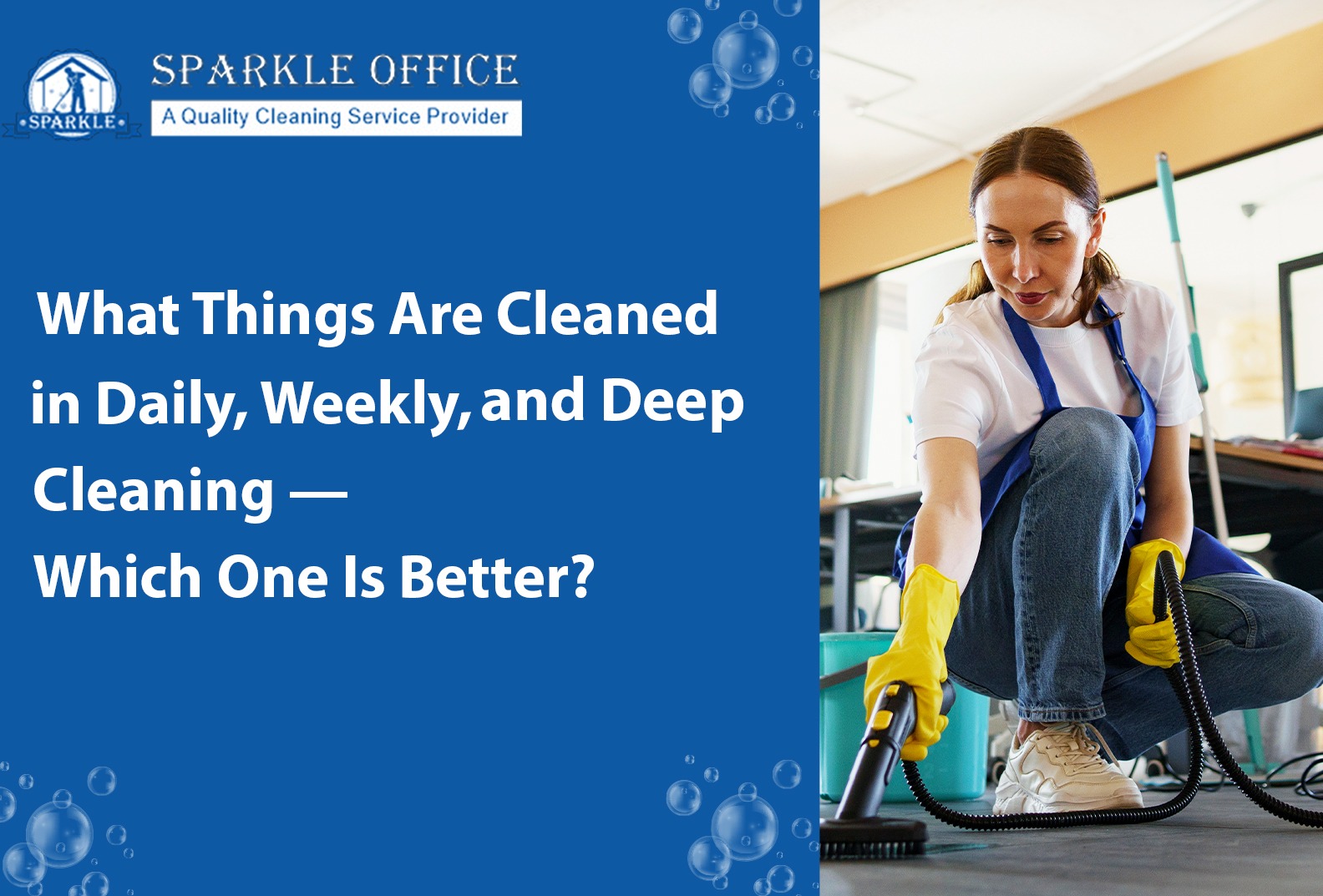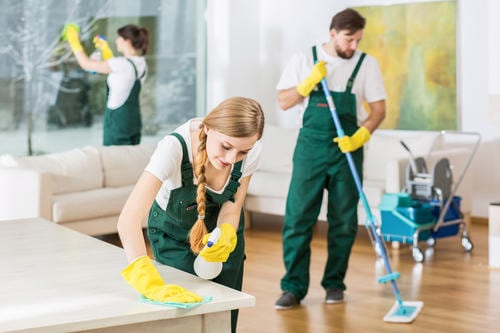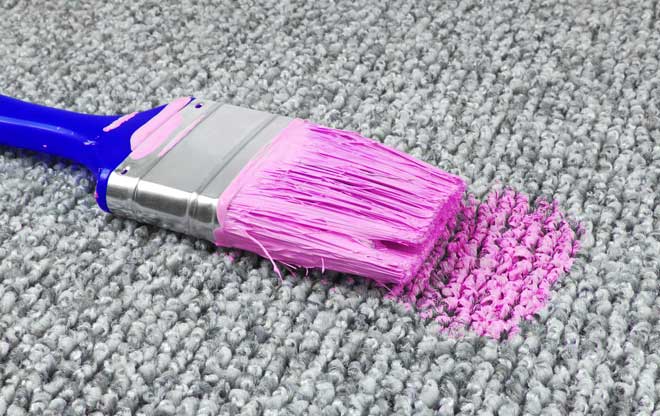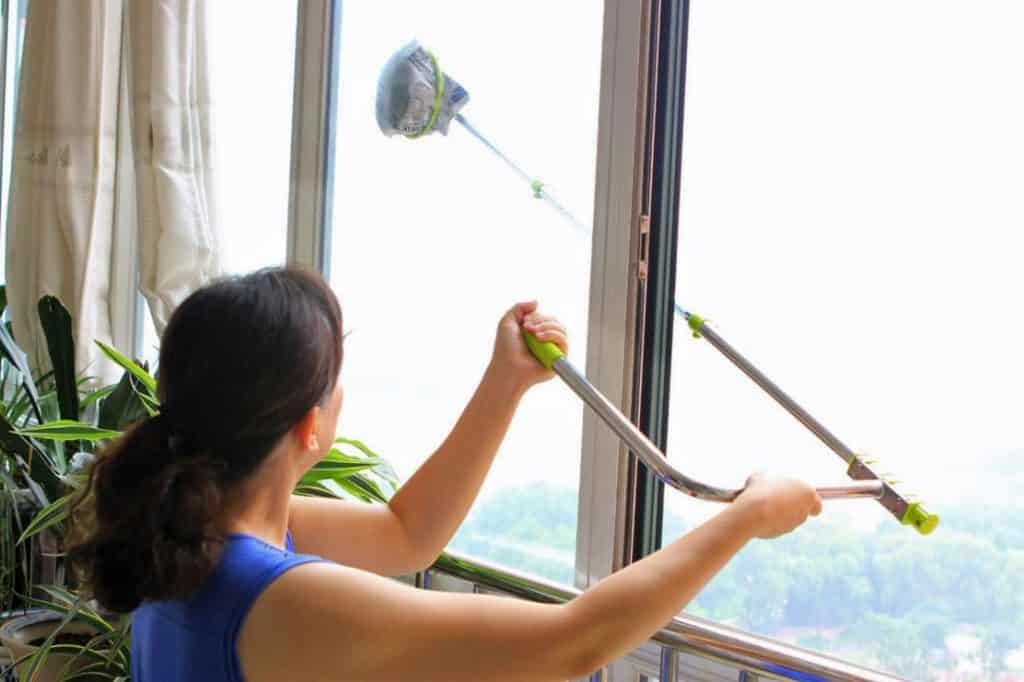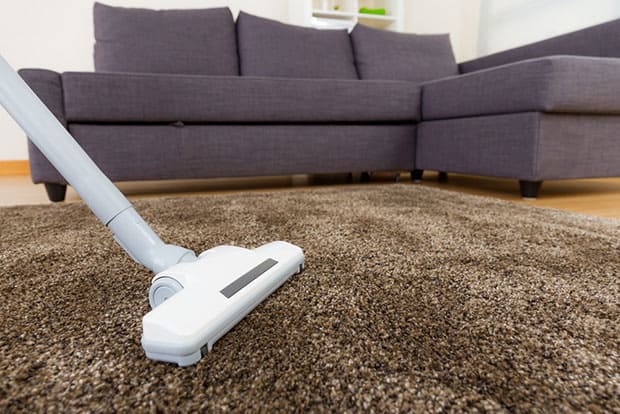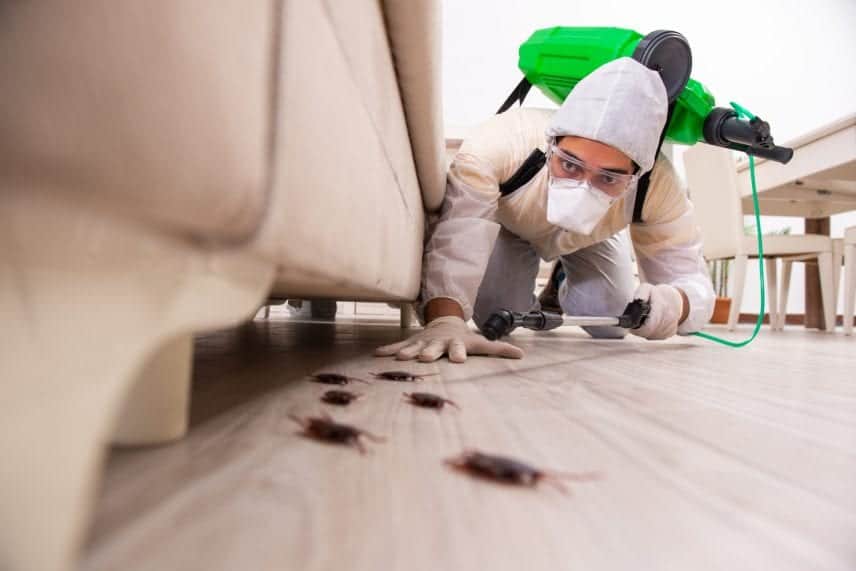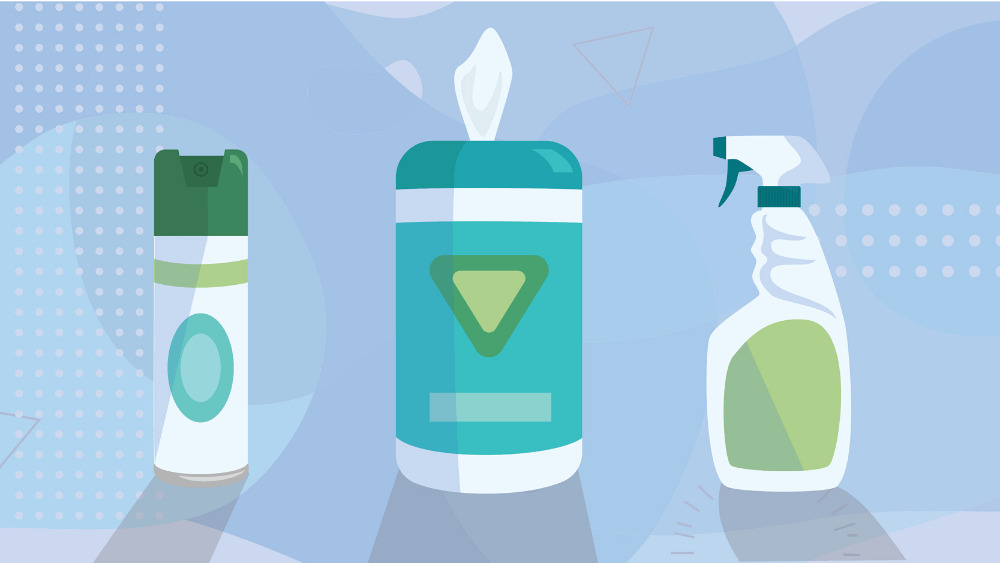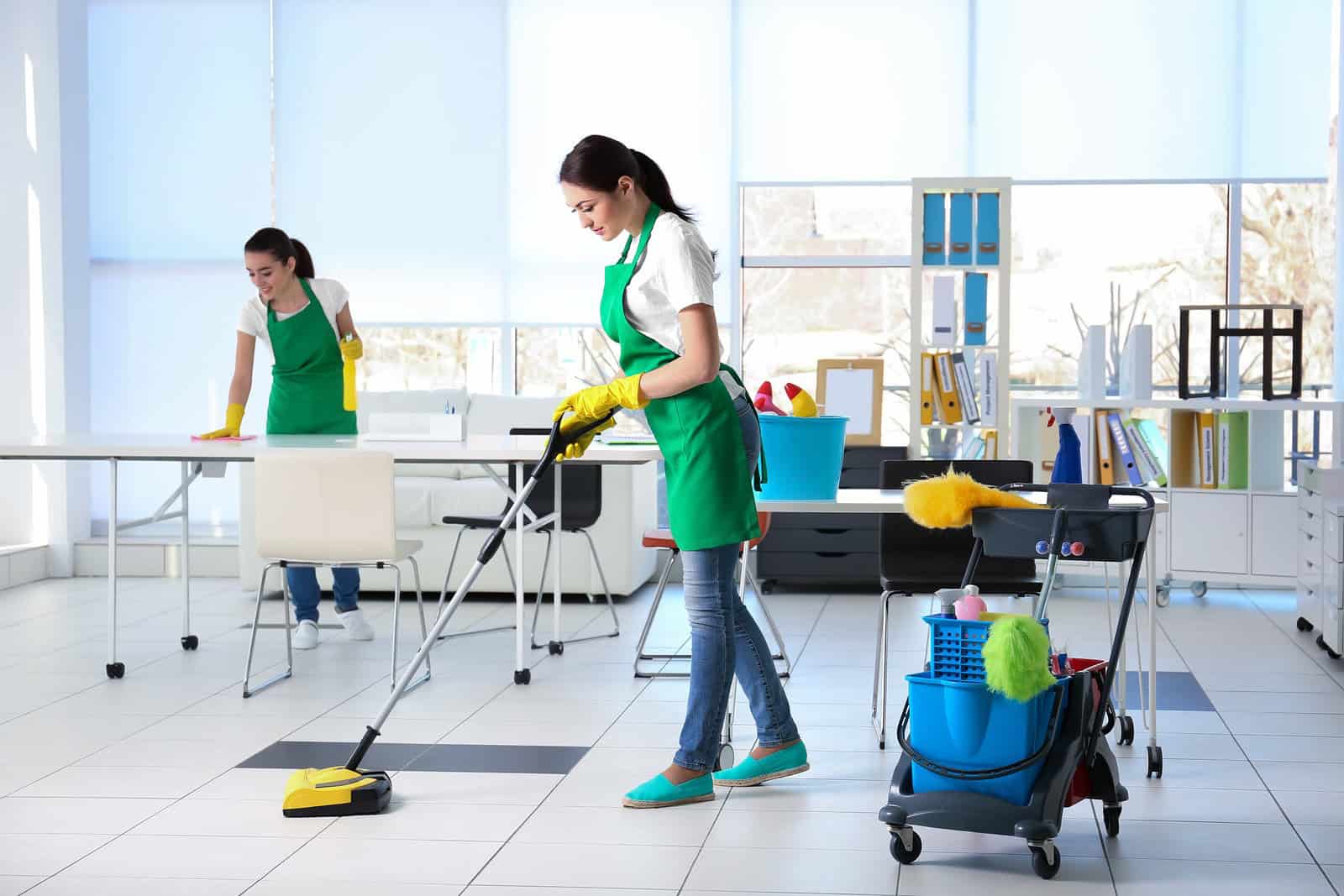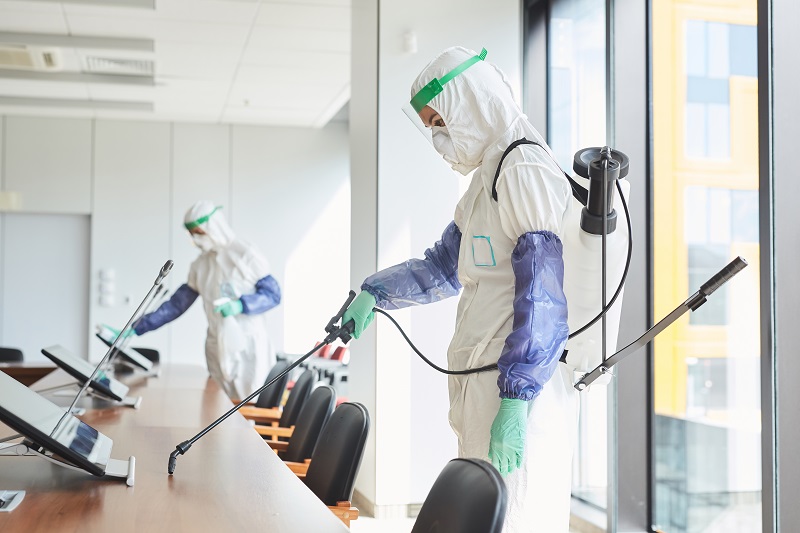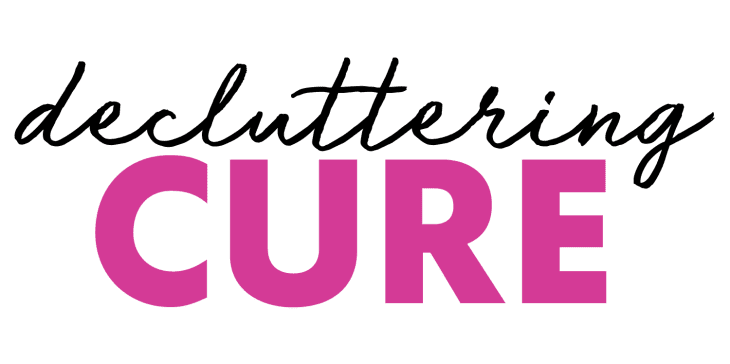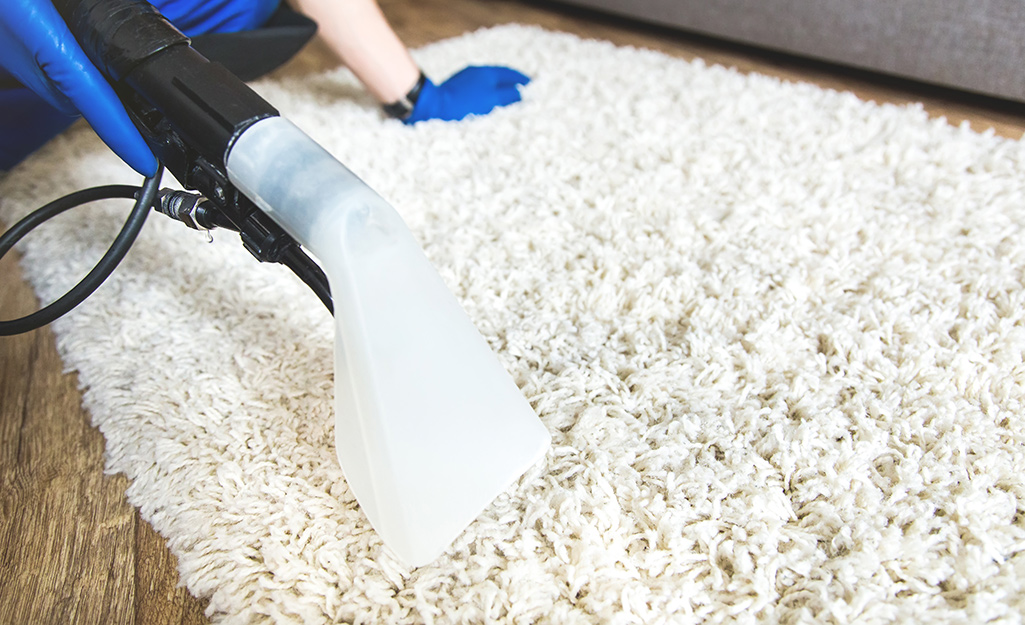16 October 2025
What Things Are Cleaned in Daily, Weekly, and Deep Cleaning — and Which One Is Better?
When it comes to maintaining a clean and healthy office environment, not all cleaning tasks are the same. Some areas need attention every day, while others can be managed weekly or as part of a scheduled deep clean. Understanding the difference between daily, weekly, and deep cleaning helps businesses keep their workplace spotless, hygienic, and inviting — without unnecessary effort or expense.
Let’s break down what’s typically covered in each cleaning routine and find out which approach works best for your office.
1. Daily Office Cleaning
Daily cleaning focuses on maintaining surface-level hygiene and keeping high-traffic areas tidy. It ensures the workplace always looks presentable and reduces the spread of germs among staff.
Tasks generally include:
- Emptying rubbish bins and replacing liners
- Wiping and disinfecting desks, phones, and keyboards
- Vacuuming and mopping common areas and walkways
- Cleaning and sanitising bathrooms and kitchens
- Wiping glass doors and high-touch surfaces (like switches and handles)
- Refilling paper towels, soap, and toilet supplies
Products used: Mild surface disinfectants, all-purpose cleaners, and eco-friendly sprays that meet Australian safety and environmental standards (such as those certified by GECA – Good Environmental Choice Australia).
Daily cleaning is essential in most Australian workplaces, especially offices with shared facilities and large teams.
2. Weekly Office Cleaning
Weekly cleaning goes a step further, addressing areas that don’t require daily attention but still need regular upkeep to maintain a professional environment.
Typical weekly tasks include:
- Dusting blinds, vents, and light fixtures
- Cleaning windows and glass partitions
- Deep vacuuming under furniture and carpets
- Polishing wooden or stainless-steel surfaces
- Wiping down skirting boards and door frames
- Cleaning appliances like fridges and microwaves
Products used: Neutral pH floor cleaners, window cleaning solutions, and surface polishes to maintain materials and prevent wear and tear.
Weekly cleaning helps maintain presentation standards, especially in client-facing businesses or offices located in busy Australian cities like Melbourne or Sydney, where dust and pollution build up faster.
3. Deep Cleaning
Deep cleaning is the most thorough level of office cleaning. It’s typically carried out every three to six months, or even more often in high-traffic environments. The aim is to eliminate hidden dirt, allergens, and bacteria that regular cleaning may miss.
- Deep cleaning tasks include:
- Steam cleaning carpets and upholstered furniture
- Pressure washing exterior areas
- Scrubbing tile grout and bathroom surfaces
- Cleaning behind large furniture and under appliances
- Disinfecting air vents and ducts
- Sanitising kitchen areas and fridges thoroughly
Products used: Industrial-grade disinfectants, steam-cleaning machines, and heavy-duty degreasers — all compliant with Australian health and safety regulations. Many professional cleaning companies now opt for eco-conscious formulations to reduce chemical exposure and environmental impact.
Which One Is Better?
There’s no single answer — it depends on your office size, staff count, and usage.
- Daily cleaning keeps hygiene under control and the workspace presentable.
- Weekly cleaning maintains a professional standard and prevents grime build-up.
- Deep cleaning provides long-term protection for surfaces and improves overall health and air quality.
Ideally, Australian offices should combine all three: daily maintenance for hygiene, weekly touch-ups for detail, and deep cleaning for long-term care.

